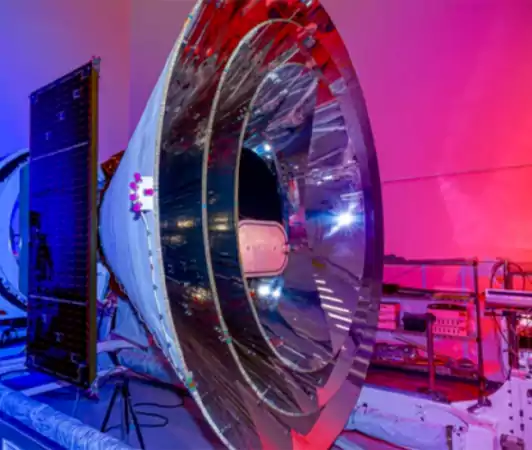
Wireless chips are the backbone of modern communication; they are found in everything from smartphones to modems and air traffic radar systems. But the world of chip design is set for a major transformation.
An international team of engineering researchers has revealed a revolutionary method of making microchips for wireless applications, using artificial intelligence.
In their research published in the journal Nature, they explained how deep learning techniques were used to create new designs for chips. The chips function well, but the deep learning technique utilized by researchers is still very much a mystery.
The designs seem to be ‘randomly shaped,’ and therefore difficult for humans to interpret, said Kaushik Sengupta, the lead researcher and an electrical engineer at Princeton. The visual appeal these chips evoke, in the eyes of someone unfamiliar with this state-of-the-art design language, is reminiscent of H.R. Giger’s stunningly idiosyncratic style.
They also represent support to researchers like Avi Loeb of Harvard, who suspects that AI may be a form of alien intelligence and not a mere reflection of human thought.
In experimental trials, the deep learning model produced electromagnetic structures so efficiently that they exceeded the performance of traditional chips designed by humans. The researchers pointed out that the model performed best with regard to inverse synthesis design, in which the desired outcome is first stated and the components are subsequently reverse-engineered by the AI.
This innovative approach may herald a novel era in millimeter-wave wireless chips-a burgeoning $4.5 billion industry that is set to triple in size during the next six years.
Sengupta mentioned in a blurb about the research, “There are pitfalls that still require human designers to correct. The point is not to replace human designers with tools. The point is to enhance productivity with new tools. The human mind is best utilized to create or invent new things, and the more mundane, utilitarian work can be offloaded to these tools.”
